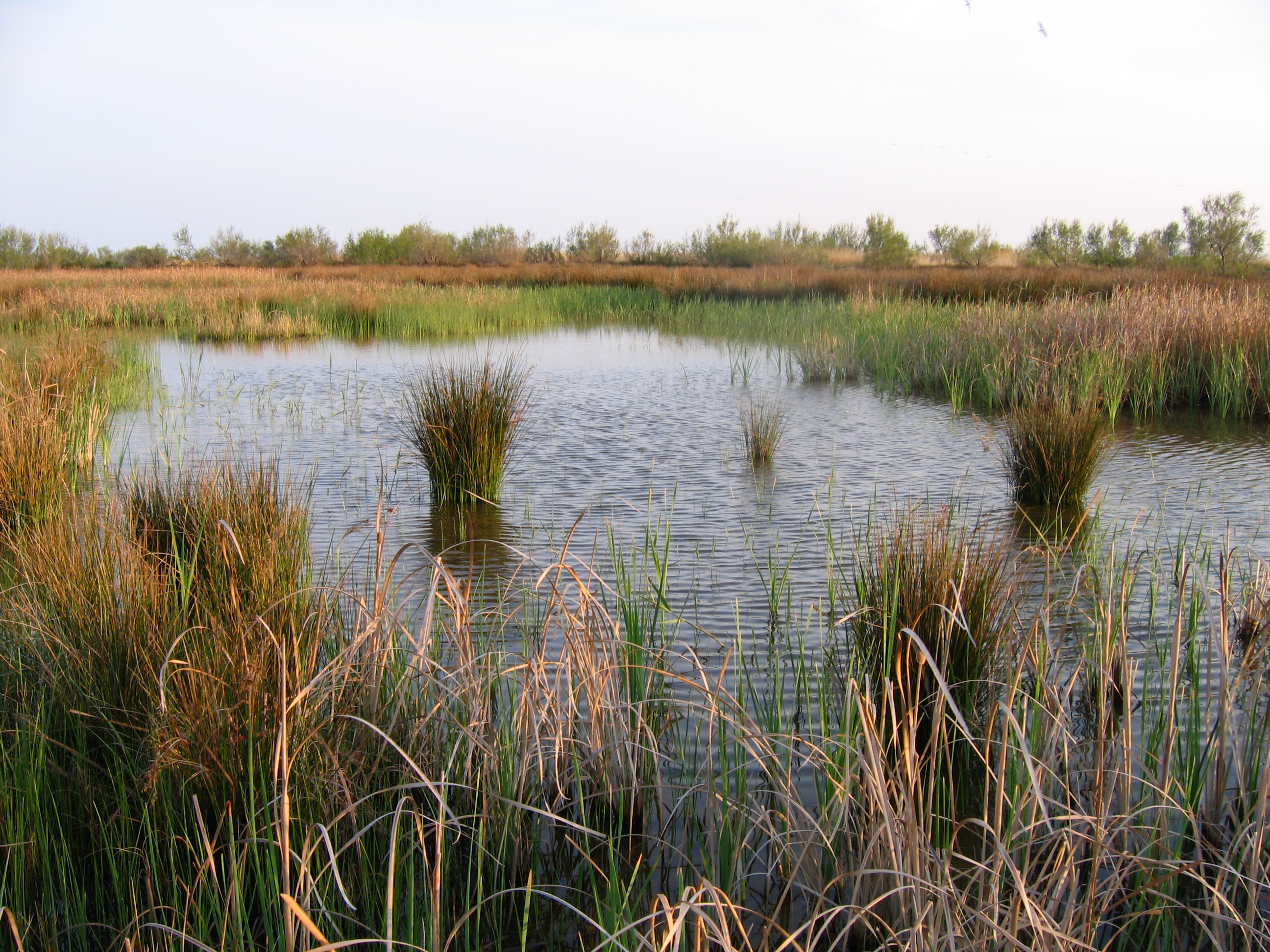 Mediterranean wetlands are dominated by temporary and semi-permanent marshes, which dry out naturally during the summer. During this period, they host a remarkable range of fauna and flora, adapted to these dry conditions, thus making an important contribution to biodiversity.
Mediterranean wetlands are dominated by temporary and semi-permanent marshes, which dry out naturally during the summer. During this period, they host a remarkable range of fauna and flora, adapted to these dry conditions, thus making an important contribution to biodiversity.
However, water is frequently pumped into these marshes for various reasons including conservation, reed harvesting, hunting, grazing, and fishing. The increasing number of wetlands converted into polders, together with land cover changes, disconnect wetlands from their catchment areas and often make this addition of water necessary to preserve the biodiversity and activities practised in these areas.
In addition, the climate change scenarios for the Mediterranean Region are likely to result in depleted, lower-quality water resources (salinisation, increased re-use of drainage water) at certain times of the year.

The Pèbre Marsh in Camargue
(© B. Poulin)
In this situation, how can we reduce the need for additional fresh water supplies, while maintaining traditional activities? On the other hand, how can we control the entry of water during the winter, so as to avoid the inflow of salty water or lower quality water at other times of the year? Will the climate change scenarios that unfold enable the current temporary marshes to remain as they are with no modifications to their hydrological management? What volumes of water are or will be needed for the different management methods and activities practised?
An interactive web-based simulation tool has been developed by the Tour du Valat to respond to all of these questions. With a monthly time step and over a ten-year period, Mar-O-Sel calculates the volume of water required to reach a desired level of water, based on precipitation statistics from the previous twenty years. The tools enables us to view the impact of this management on the volume of water flowing in and out, on changes in the salinity of ground and surface water, as well as on changes in vegetation (height and density of reeds, composition of seagrass beds, risks of Halmifolia spreading) and carrying capacities for nesting birds (reed passerines, Great Bittern, Purple Heron and Mallard).
To be used without moderation (see the link here opposite, in French only)!